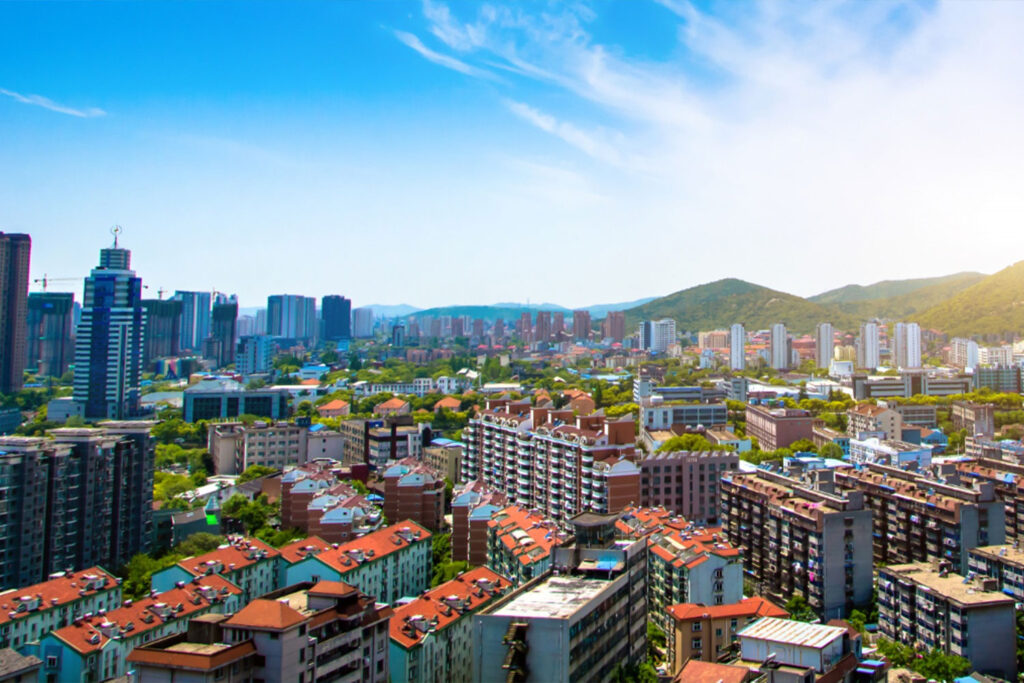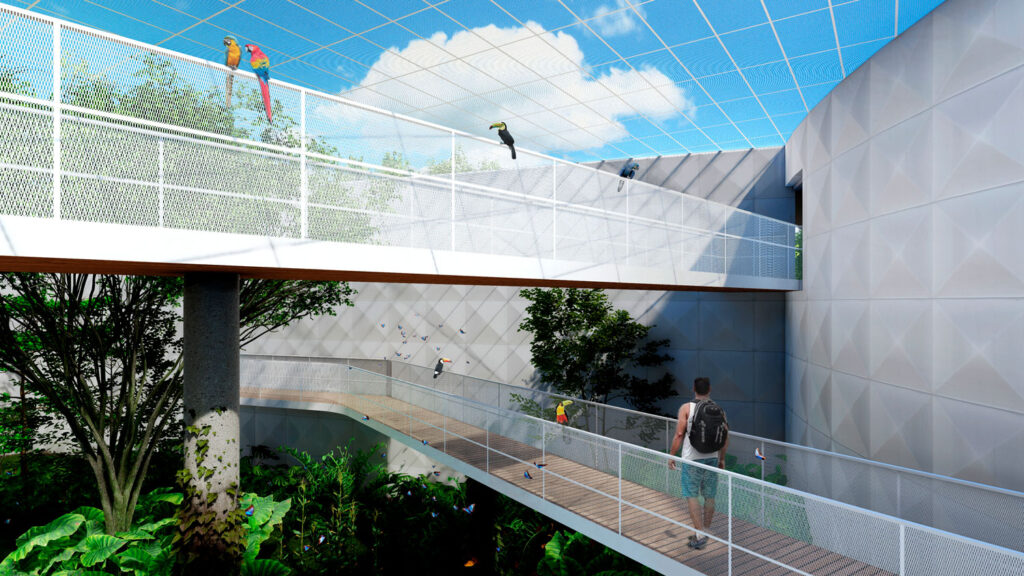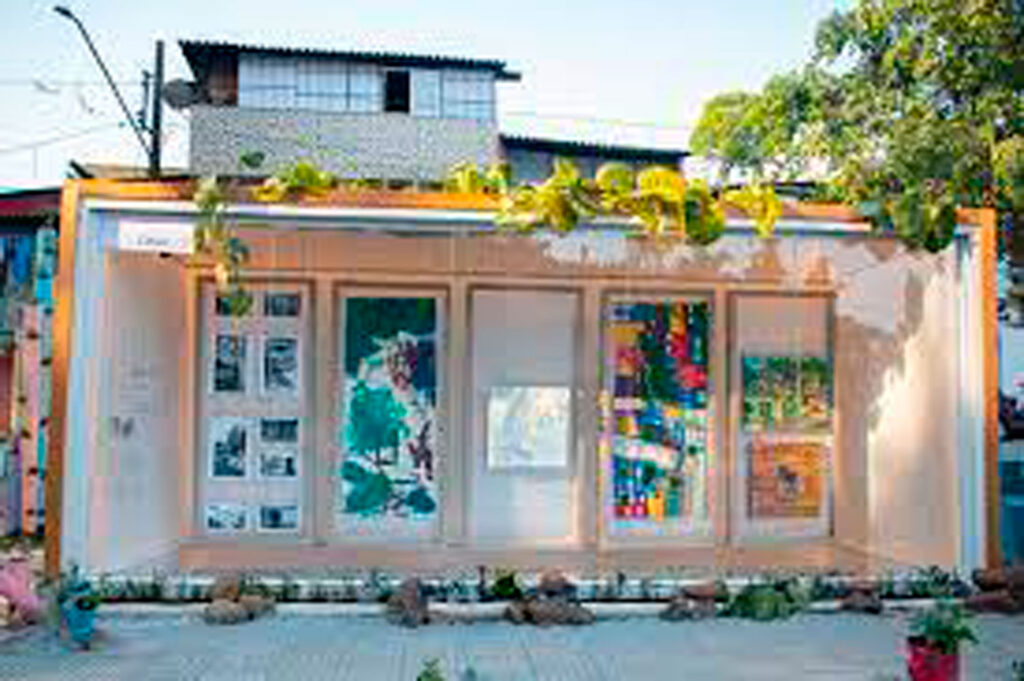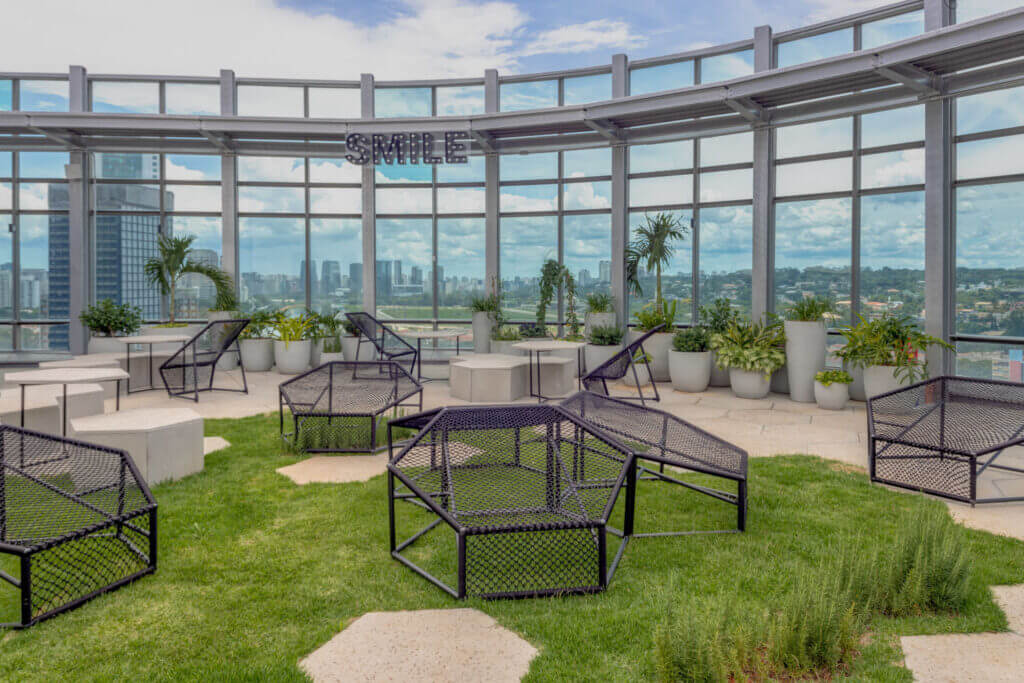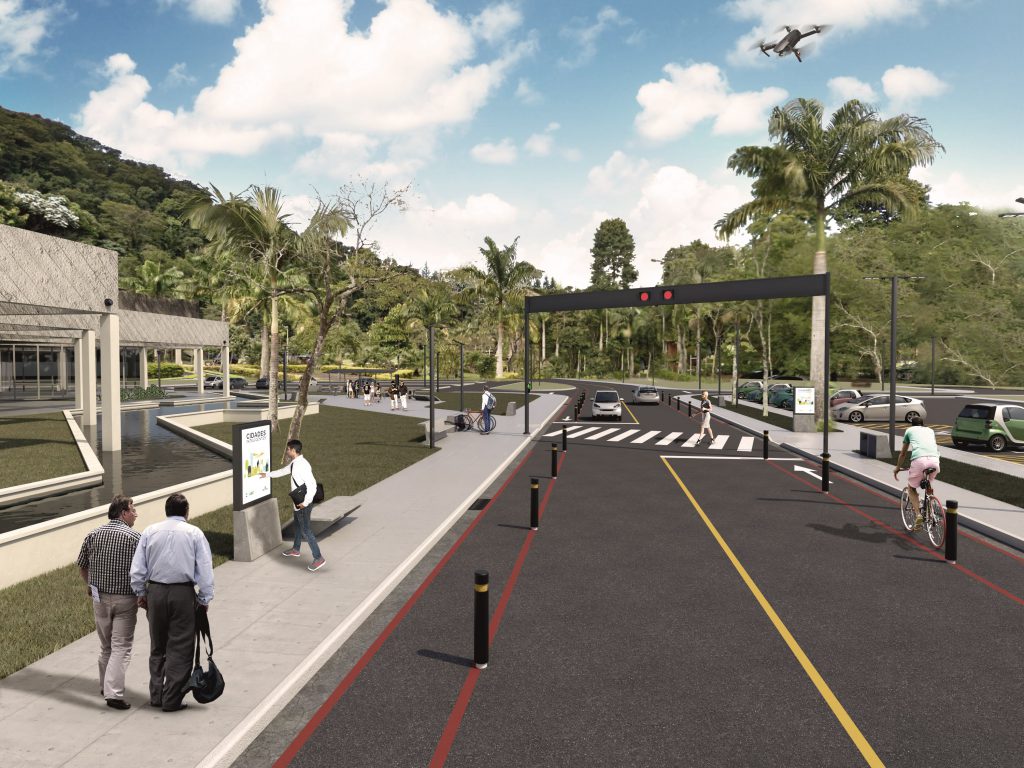When talking about planned cities, there is one that immediately comes to everyone's mind: Brasilia. The country's capital is one of the main examples of a planned city, but there are many others that can also be mentioned and that appeared even before the federal capital.
Understand, below, a little more about what they are and what is the importance of planned cities and get to know some of the main ones in Brazil.
What are planned cities?
Planned cities are created from the idealization of a project made by engineers, urban planners and architects. As they are built from the eyes of specialized professionals, the expected result is a better quality of life for the inhabitants and a reduction in the problems that usually occur in the urbanization process.
Importance of planned cities
These city models are more structured and prepared to receive the population's daily life, since they are made according to existing demands and all expansion is carried out along with public policies.
Therefore, this type of project is very important to enable several improvements, such as reducing traffic, in addition to greater afforestation and construction of green spaces through the urban landscaping.
It is also essential for sewer and water pipes to support the city's growth, as well as for the asphalt to be suitable and sufficient for the volume of traffic. These and other elements, if not planned, harm the daily lives of residents and even compromise safety.
Planned Cities in Brazil
Among the planned cities in Brazil, the first was Salvador. It was designed in the year 1549 and at that time the focus was on creating an imperial administrative center and military fort.
But it did not stop there! A few centuries later, the next planned cities began to appear in the country. Check out:
Teresina
Founded in 1852, Teresina received an orthogonal chess-style layout and is positioned between the Poti and Parnaíba rivers, which allowed greater access to water for the population and the emergence of trade with other regions.
Today, there are several green areas around the city, which was only possible thanks to the planning of wide avenues.
Aracaju
Next came Aracaju, created in 1855. The project for this city was successful, mainly because it was located near the sea, attracting port activities.
Strategically planned to be the capital of Sergipe, the construction was developed in the shape of a chessboard.
Belo Horizonte
Breaking the pattern of chess formats, Belo Horizonte was planned in a perpendicular format with streets that receive diagonal cuts. In the center of the city, a strong sanitation, education, health and transport infrastructure was created, all of which is bordered by Avenida do Contorno.
Still, outside the center, the designer designed a green belt through which the city had its supply. However, the part outside Avenida do Contorno was not part of the structural planning priorities, as it was expected that this region would grow later.
Therefore, the prediction did not materialize, as the city grew rapidly and this area ended up being inhabited without the proper infrastructure.
Brasilia
Finally, Brasília was inaugurated in 1960 by the well-known architect Oscar Niemeyer in partnership with Lúcio Costa. Created to be the capital of the country, the position was strategically planned to avoid maritime attacks and boost the growth of the central region of the country.
Among the highlights of this city's planning are the superblocks that were developed to allow for ample spaces for socializing. In these blocks, the buildings were built suspended so as not to be an impediment to the movement of people.
Did you like to know more about which was the first planned city in Brazil and others of great importance for the country?
Continue here on the Plantar Ideias blog and check out other content like this one!

